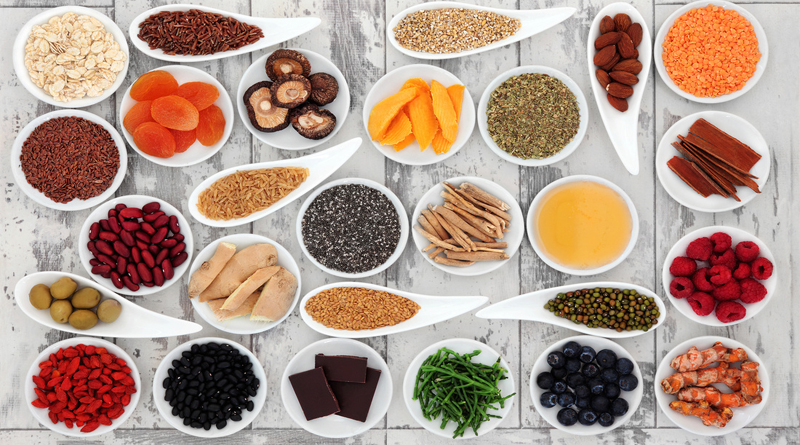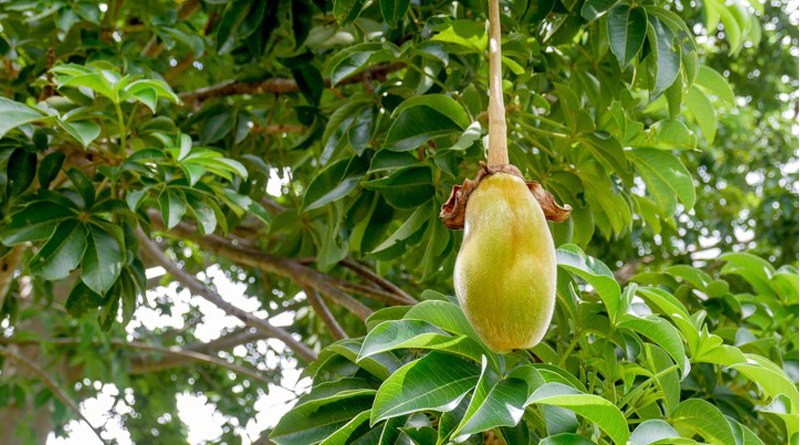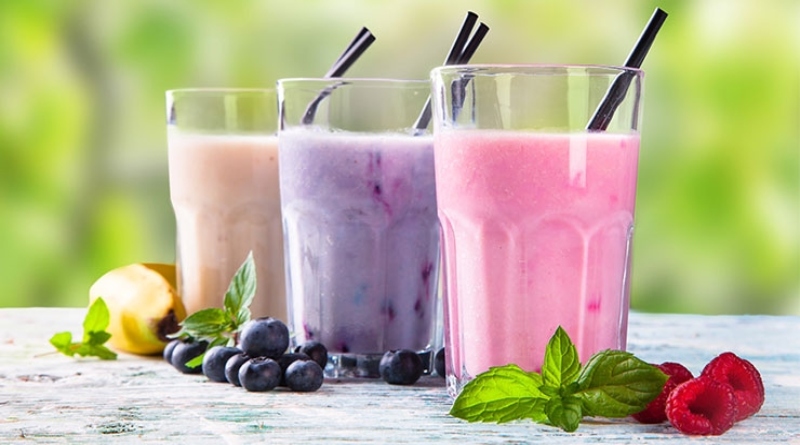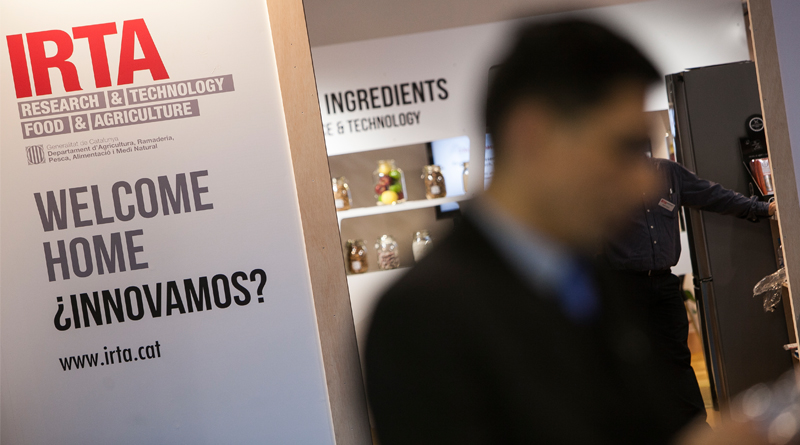Demand for superfoods like avocados and blueberries has exploded in recent years. But what’s the impact on global food dynamics and can production keep up with demand? A Rabobank analyst weighs in.
Rabobank’s World Fruit Map 2018 shows how the trade in avocados has grown by more than 12% per year while production, with a growth just short of 5% a year, is struggling to keep up.
Trade in blueberries has grown by 11% each year over the past decade while demand for frozen fruit in general is up 5% for the same period.
“Global fruit trade is definitely impacted by superfruit fads. Once a product gets very popular consumers expect it to be available all day every day. Most fruits cannot be sourced locally all year round, so trade is needed.”
Agri-tech developments and new cultivation systems are crucial to meeting this demand by providing higher yields using fewer resources, according to senior industry analyst for fresh fruit and vegetables at RaboResearch Food and Agribusiness Cindy van Rijswick. Strawberries are increasingly being grown on tables, for instance, which means a more efficient use of chemicals, lower labour costs and improved working conditions. The next step will be the mechanisation of berry picking by robots, van Rijswick says. This already partially exists for blueberries but the berries cannot be sold fresh afterwards.
Van Rijswick believes the superfruit phenomenon is here to stay and, what’s more, it’s going global. China, for instance, imported over 25 million kilos of avocadoes in 2015 and almost 30 million kilos in 2017 – sharp rises compared to 2013’s 1.5 million kilos.
This is not suprising, she says. “The very large cities in the world are starting to look more similar regarding the food people want, the brands they buy, the music people listen to and so on.”
Boom and bust?
While an increase in global trade means increased revenue for fruit growers, the faddy nature of superfoods, whose ‘on-trend’ status does not last forever, means the impact is not always positive.
Rabobank hasn’t done specific research on the impact on growers when a superfruit suddenly loses its popularity but van Rijswick said this is a big worry for fruit growers.
Farmers that have the flexibility to switch crops every year are able to follow food fads. Planting fruit trees such as avocados, however, is a major investment and most growers use the trees or shrubs for many years, sometimes even decades.
“I am familiar with some cases in the apple sector. Some growers have bet on the wrong horse and had to suffer major losses as a result. In the last few years, there has been a wave of new apple varieties developed. This is a great development because consumers get the chance to eat apples in different flavours. But for growers that want or need to replace their orchards with new trees it can be a major dilemma what new apple variety to plant.”
In the case of avocados, however, van Rijswick does not expect global demand to collapse.
“The pace of growth might level of after a while, but it will not collapse. In many big countries, like Mexico and the US, the consumption of avocados was already a tradition for a long time, and not that much impacted by social media.”
Trend versus fad
Açai berries, on the other hand, are more hype. Predicting the new trends is difficult, she says.
“It could well be very ordinary fruit and vegetables that have been considered as somewhat old-fashioned but get re-discovered again, such as certain cabbages or plums,” she told FoodNavigator.
Kale and Brussell’s spouts may not be exotic but they became unlikely social media successes.
“These products have many health benefits and can be used in different dishes or ways, but many consumers might not be aware of that yet. Once influencers on social media start to post about these products, they could boom again.”
Not so sustainable?
There are also social and environmental consequences to consider. Avocado production is highly water-intensive, dependent on agro-chemicals, has been linked to deforestation and the fruit often come packed in plastic to protect the easily bruised flesh.
Several years ago, the West’s sudden craving for quinoa sent prices skyrocketing, pricing out local populations for whom it was a traditional, staple crop.
Fresh blueberries are being flown from Chile to Paris, London and Shanghai because consumers want (and are provided with) the ingredients to make superfruit smoothies in December, with a considerable carbon footprint.
Making our appetite for superfoods an environmentally sustainable one will be essential for ensuring sustainable business and long-term livelihoods for growers.
Van Rijswick said she is aware of some European importers who are working together with their suppliers “to get everything right”.
“In the current buoyant market, with high average prices paid over the past few years, businesses should have sufficient financial scope to invest in making production more sustainable. Improved irrigation systems, the development of varieties that require less water, and different production methods can all play a role here.”
The rise in demand for frozen fruit – practical for smoothies – is positive in that it cuts food waste and reduces the carbon footprint of airfreight, she said.
Other superfood crops can also be grown closer to home. Farmers in the Anjou and Loire region in France are growing quinoa while The British Quinoa Company grows the native American grain in the UK.
Source: Food Navigator









